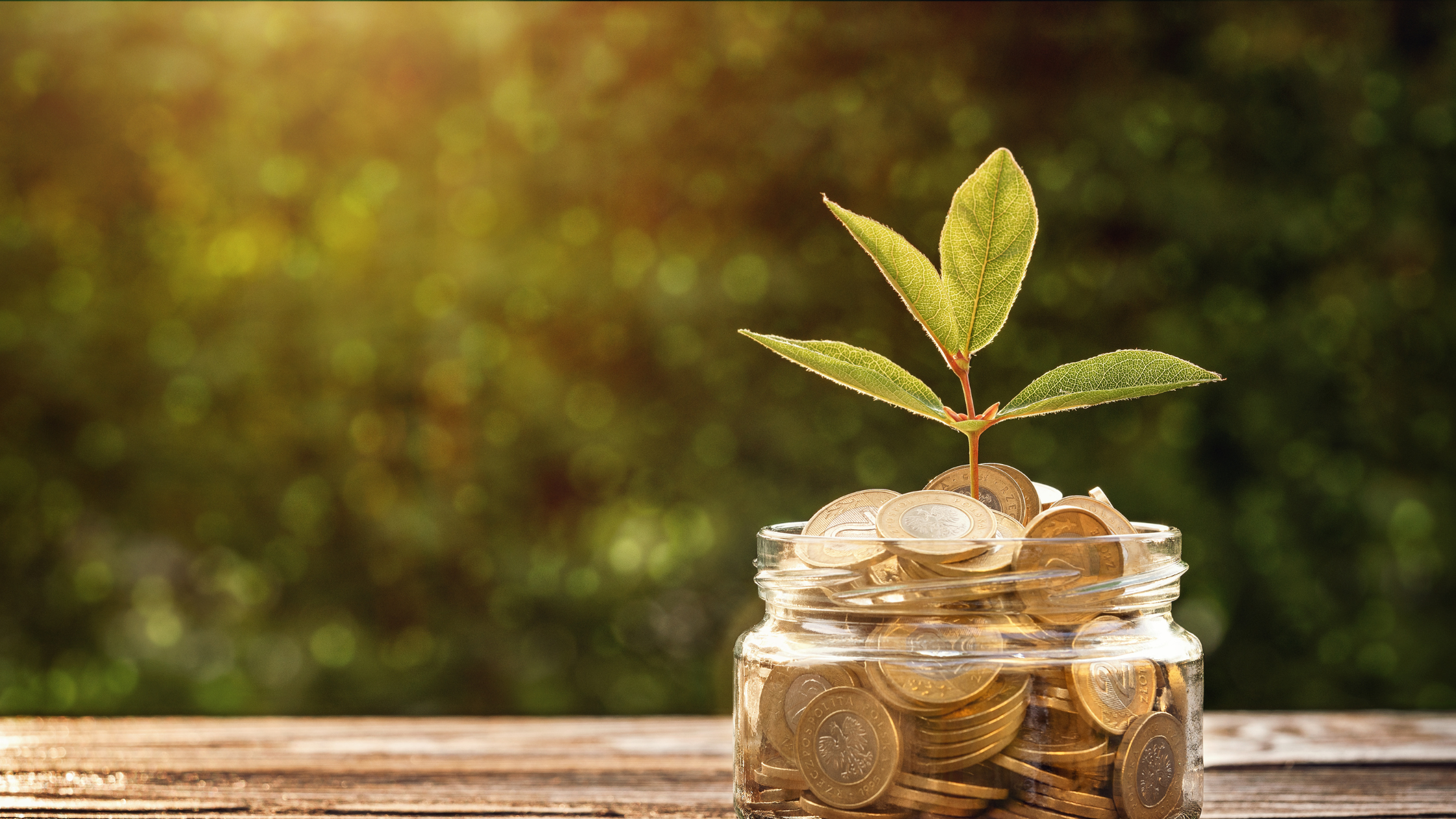August 29th 2023 – GOBankingRates – View the article here.
If you’ve managed to save $5,000, congratulations — you’ve made it to the middle of the pack. According to the TransAmerica Center for Retirement Studies, the median American adult has exactly that amount in non-retirement savings.
That means you’re just a few dollars away from being better off than half the country, but what you do and don’t do with your $5,000 will determine if you ever get there. If you’ve reached this impressive financial milestone, here’s your to-do list of non-negotiables.
Calculate Your Ideal Emergency Fund Size
Eric Mangold, founder of independent financial planning firm Argosy Wealth Management, agrees with most experts that everyone should have three to six months’ income set aside in emergency savings.
“The reason these funds are there is for what the name implies — emergencies,” he said. “If the A/C goes out, your car breaks down unexpectedly, the roof has a leak, etc. These are the types of emergencies where you need to act quickly.”
By that standard, $5,000 isn’t enough for even the slimmest of emergency funds for anyone who makes more than $1,667 per month. In that case, don’t do anything except reexamine whether your bank is taking your savings as seriously as you are and giving your money a chance to reach its potential.
Give Your $5,000 the Home It Deserves
There was a time in the recent past when you had to deposit well over $5,000 to get even a decent savings yield — but not anymore. CIT Bank, for example, offers a wealth-compounding 5.05% APY for balances of $5,000 and up.
To illustrate why now is the time to start getting serious about where you keep your cash, consider the difference between the yield you’d earn at CIT Bank vs. the national average savings account APY of 0.42%. Compounded daily, 5.05% would leave you with an extra $259 after just one year. After four years, your $5,000 would grow to $6,119.
If you settled for the national average, on the other hand, a year with your bank would earn you just $21. After four years, you’d have only $5,085.
Squeeze Even More out of Your Savings
If you’re willing to tie up some of your $5,000 for three or more months, banks and credit unions will compensate you with an even higher yield.
“Consider diversifying your savings,” said Sam Dallow, accounting, finance and tax expert at Counting King, a business funding and tax firm. “This may seem like a minefield at first, but it can be a great way of making the most out of your money. While you might have started with a basic savings account, consider exploring higher-yield options like certificates of deposit (CDs) or low-risk investment platforms. This helps your money grow more effectively.”
For example, Alpena Alcona Area Credit Union offers an industry-high 7.19% APY on a seven-month CD with a $500 minimum deposit. Many other institutions are paying yields in the high fives.
If You Have Anything To Invest, Invest in Debt Reduction
If you have anything left over, or you’re willing to cut your emergency fund a little thin, you probably want to take a chunk of your savings and put it to work building wealth in the stock market. That’s good thinking, but if you owe money to a bank or credit card lender, you’re not quite there yet. Even with good investments, you’ll never get returns high enough to make up for what you’re losing to finance charges.
“Starting with a savings of $5,000, the priority should be addressing high-interest debts,” said Leo Smigel, entrepreneur and founder of the financial and algorithmic trading site Analyzing Alpha. “It’s not the glitz and glamour of investing, but tackling these debts offers a tangible return by curtailing accrued interest.”
Smigel told the story of a friend who dove into stock investing upon reaching the $5,000 mark. “Concurrently, a lurking credit card debt with 18% interest ate away at her profits,” he said. “Moral of the story? In the early stages, freeing yourself from the shackles of debt can be more fruitful than venturing elsewhere.”
Don’t Pass Up a Reason To Celebrate
For most people, $5,000 is only the beginning of an emergency fund and not enough to make life-changing investments or other big financial moves. Even so, $5,000 is a thick financial cushion that provides a level of security and stability that most people can only dream about. Getting here took discipline, dedication and determination — so treat it like the victory it is.
“When your savings reach $5,000, you must have a celebration,” said Melanie Musson, financial and insurance expert with InsuranceProviders.com. “You did it! You reached an important milestone, and you should reward yourself. Go out to eat, take a day off or watch a movie. Basically, you want to keep yourself motivated for the next savings milestone.”

